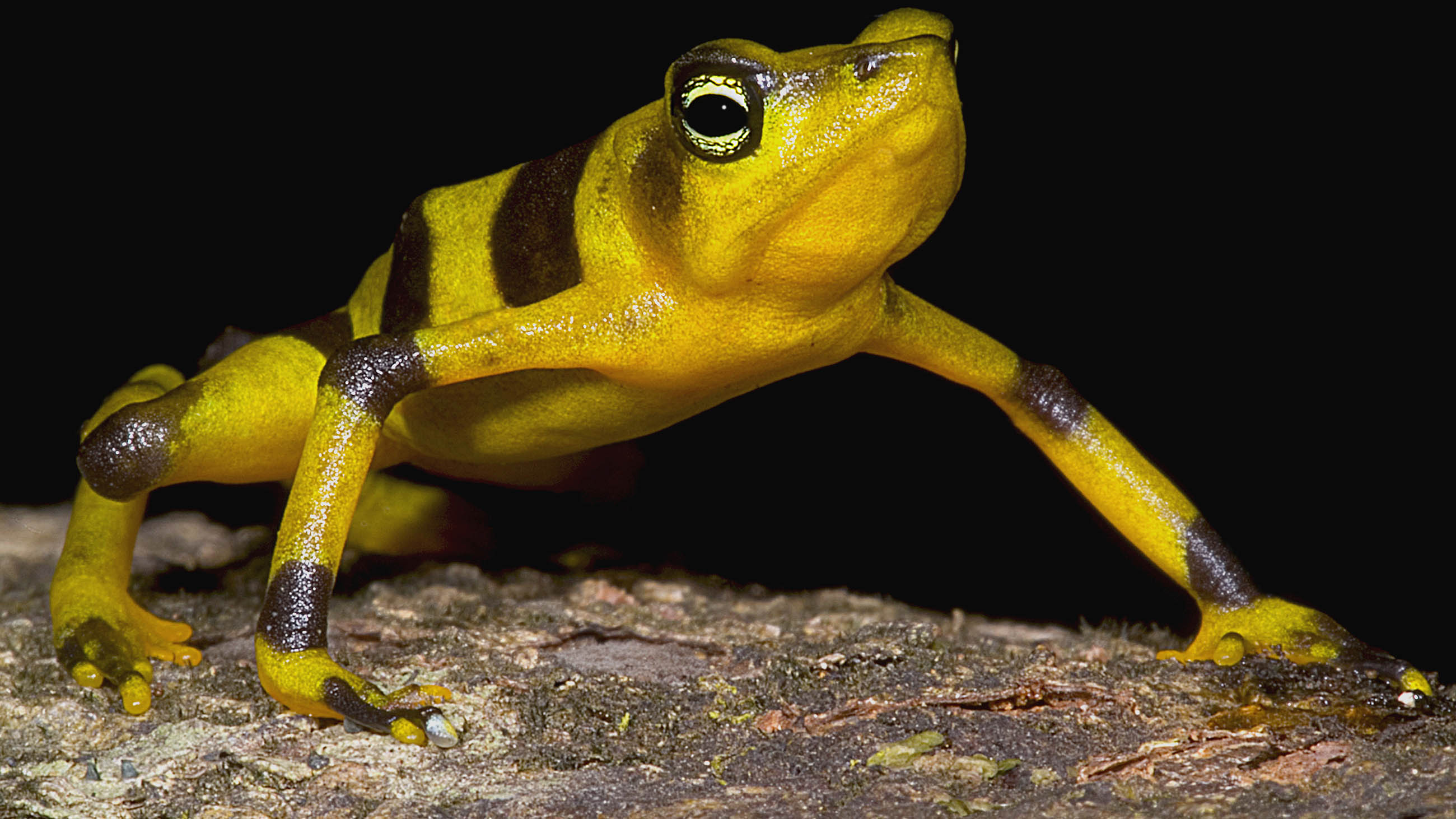On the Benefits of Biodiversity
As members of a global society, we need to discuss the value of biodiversity — that is, that wonderfully complex tapestry of living species on our planet. Our fate is irreversibly tied to it.

Consider, as an example, the unexpectedly practical implications of amphibians.
Of course, I could point to the myriad photographs accompanying this essay, taken from my new book on the millions of creatures that have evolved to live in the planet’s darkest corners, and say that biodiversity should be saved for its beauty and richness alone, which I do believe. I could discuss the intricate connections between food webs around the world and explain how removing key elements will ultimately affect all life on this planet. But there are even more pragmatic reasons for saving biodiversity — and we needed descend to the ocean’s depths or plumb any dark caves to find them.

While many species do have lungs, amphibians can also breath through their skin. So long as the skin is kept moist, air and water can pass through it freely, without the effort we expend in breathing. This permeable skin was crucial in evolution, allowing amphibians to leave a water-based home to exploit resources on the land.
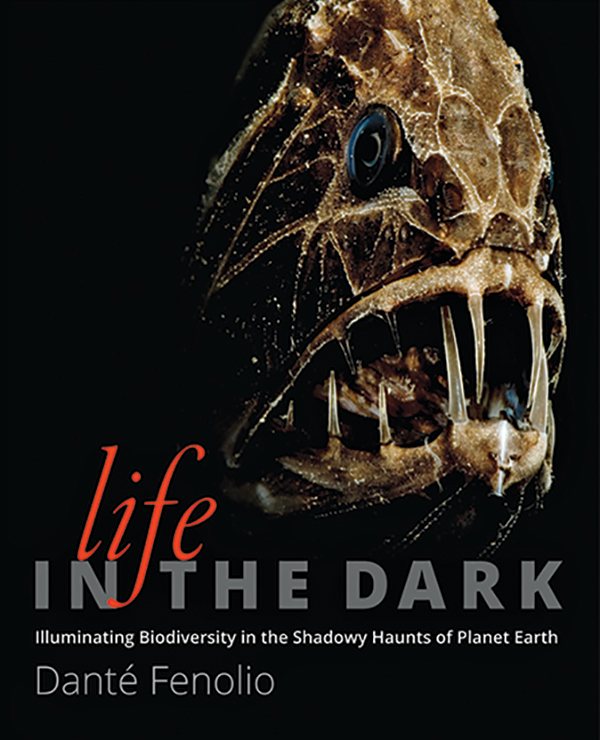
Danté Fenolio is the director of conservation and research at the San Antonio Zoo. His new book “Life in the Dark: Illuminating Biodiversity in the Shadowy Haunts of Planet Earth,” was published in April by Johns Hopkins University Press.
Of course, skin that is always wet is a veritable feast for bacteria and fungi — but amphibians have evolved microscopic glands that secrete toxins designed to keep microbes at bay. As such, they are a remarkable storehouse of compounds — and a pharmaceutical treasure chest for medical biochemists seeking new ways to treat human disease. Only a few of the myriad biochemically active compounds in amphibian skin secretions are now in the testing/trial phase. Many others, though, are potentially life-saving.
These compounds are of vital importance because our current treatments for microbial diseases are becoming ineffective. The problem is antibiotic resistance. As we over-use antibiotics and fail to follow prescribed courses, more and more lethal bacteria become resistant to them. Humanity now has only a single antibiotic that is effective against antibiotic-resistant strains of Staphylococcus, the bacteria that causes staph infections. Resistant bacterial strains can be deadly.
But the skin secretions of dozens of amphibians have been demonstrated to kill antibiotic-resistant bacteria strains; they may provide blueprints for novel killers of other deadly bacteria. Likewise, amphibian skin secretions may be used to prevent or treat cancers, chronic pain, and other ailments. There is even an amphibian skin secretion that functionally inhibits the HIV virus from mucosal transmission. We know nothing about the skin secretions in the vast majority of the world’s more than 7,000 amphibian species, but it is certain that there are thousands of unique — and medically-valuable — compounds awaiting discovery.
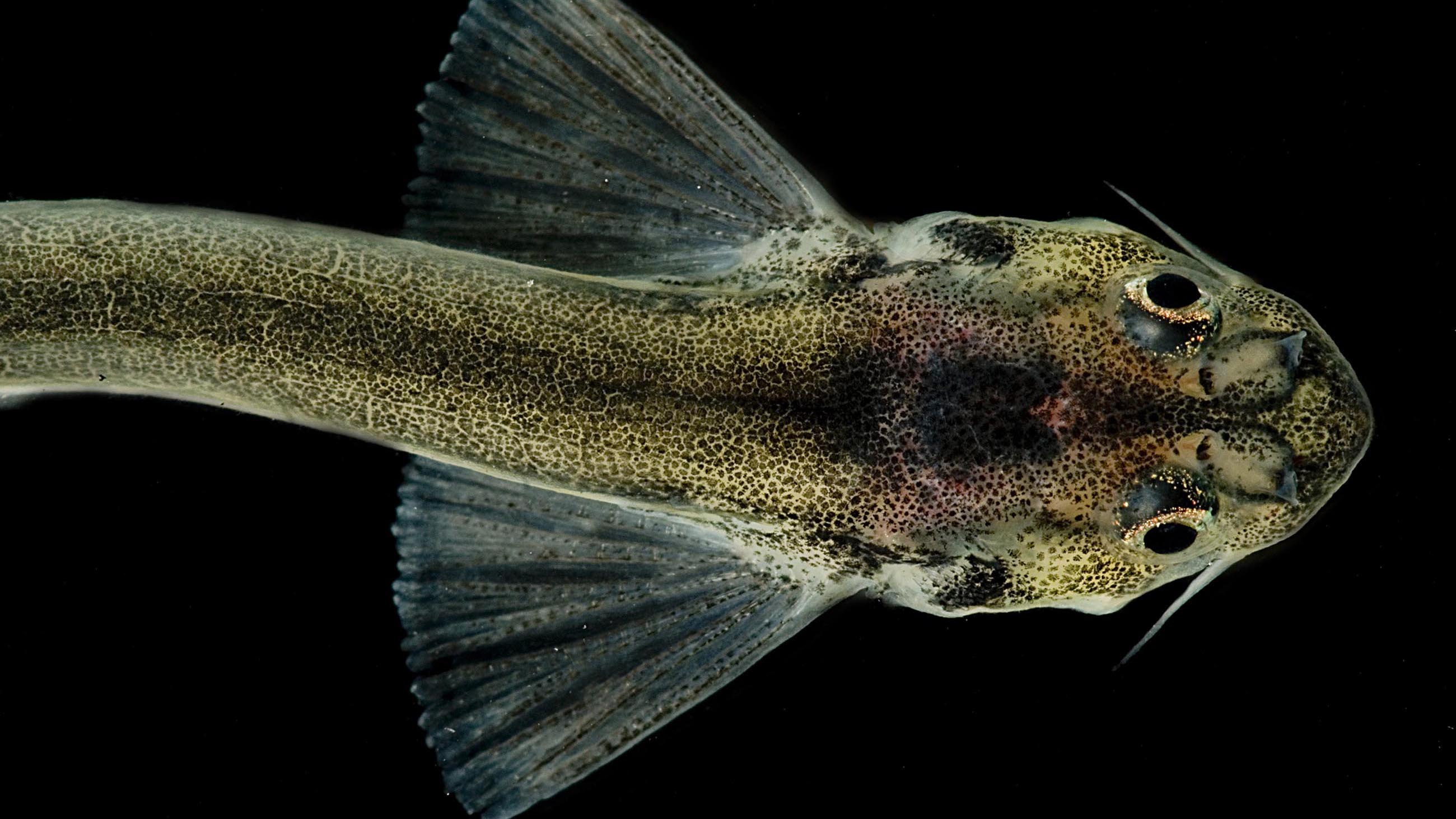
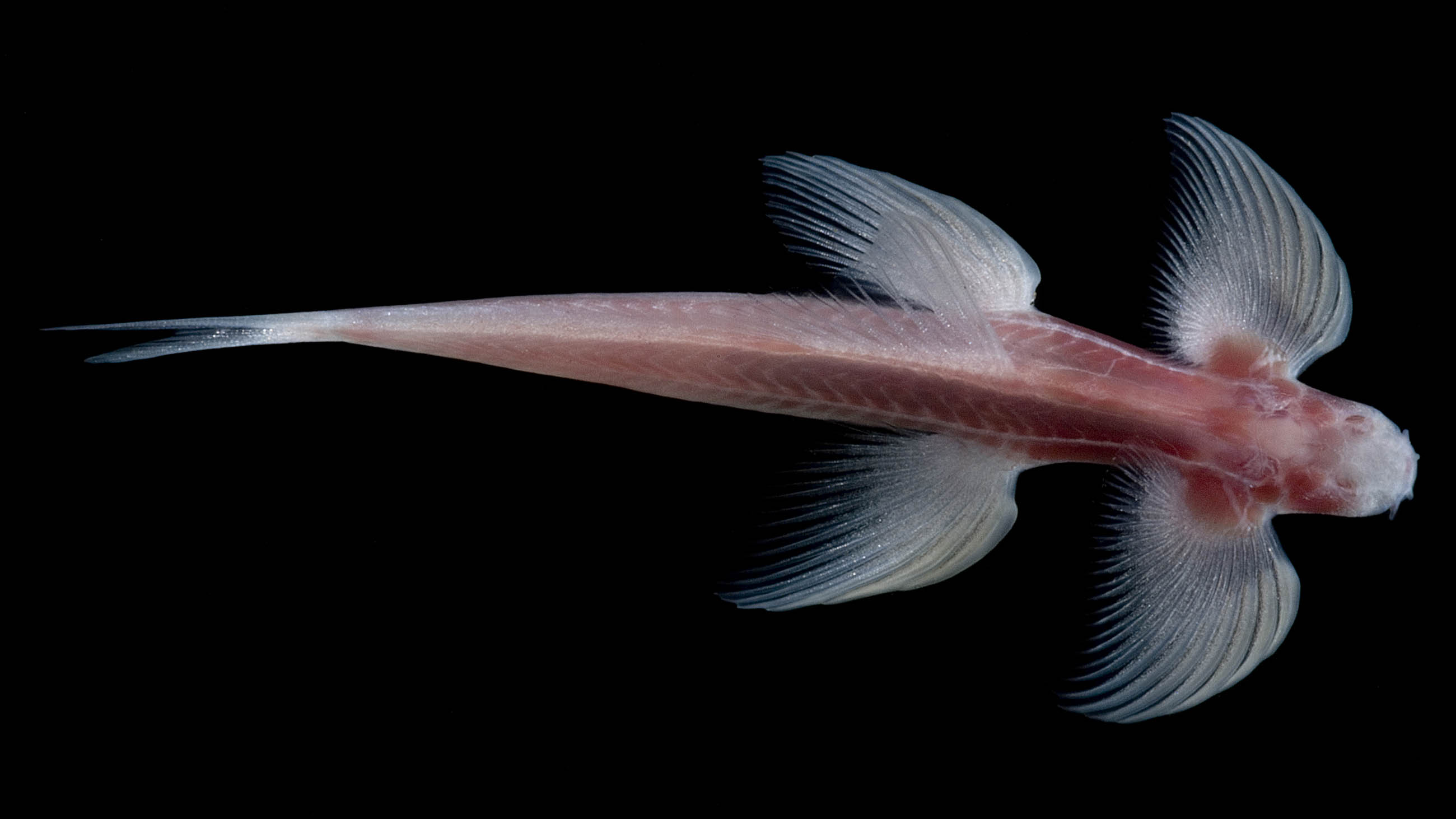
How much, then, are we willing to bet that any particular species is “not worth saving?”
Can we know that the next frog or salamander that we allow to go extinct isn’t the one bearing just the chemistry that could ultimately cure a human disease, treat a family member, or even save our own lives? These are sobering questions, and yet as much as half of the world’s amphibians are either facing serious environmental problems, are in decline, or have gone extinct.
As we all know, the crisis goes well beyond amphibians. Open your medicine chest. Make a written inventory. Go online and look into the origins of each compound. You will be amazed at the number that came directly from nature. That aspirin originally came from the white willow tree. Are you taking medication for high blood pressure? There’s a good chance it was originally isolated from the venom of the Brazilian pit viper.
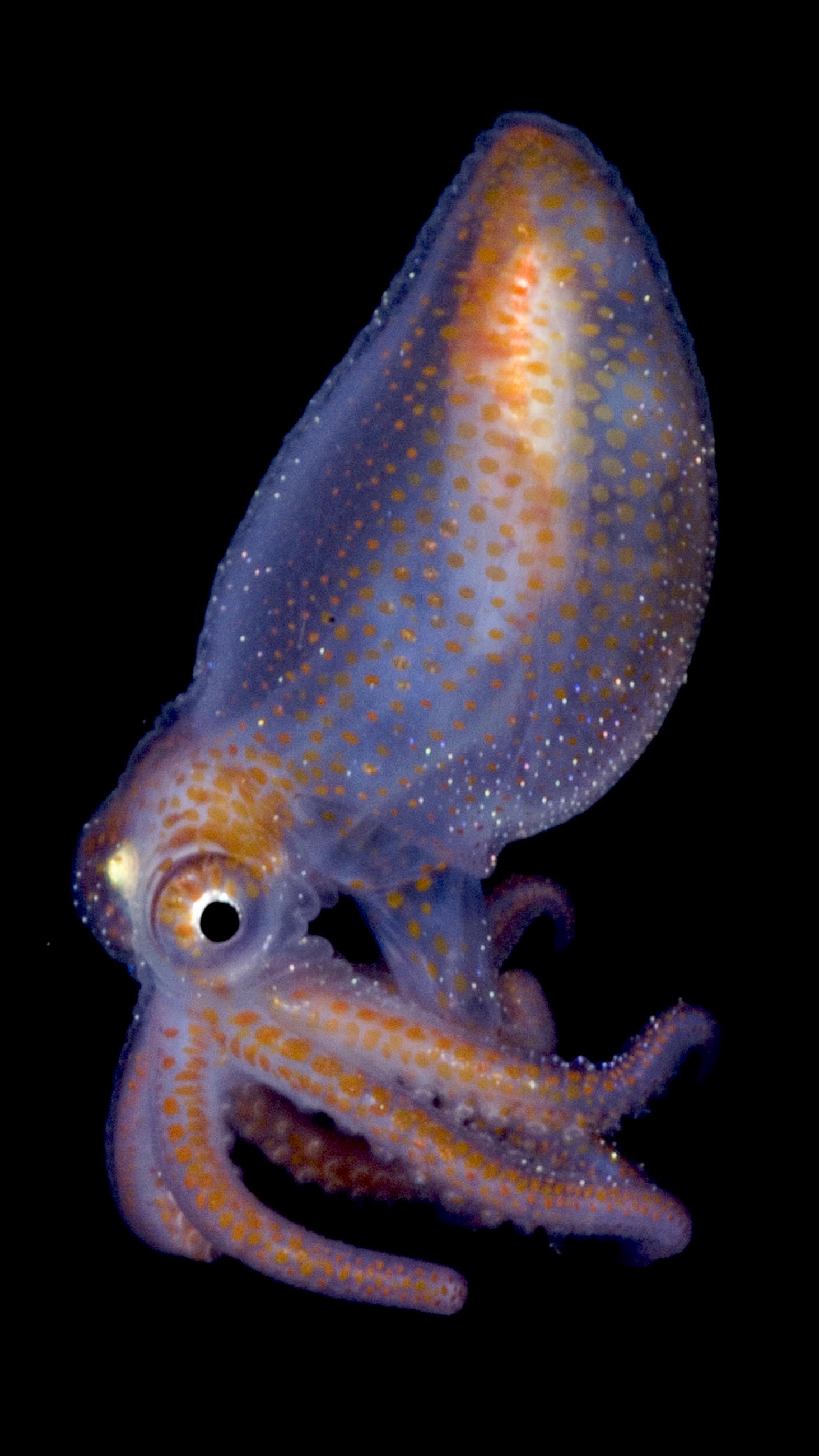

It’s important to acknowledge that, the transition from a natural extract to a medicine is a lengthy and expensive process. A promising chemical compound may be mixed in with dozens or even hundreds of other compounds. Isolating the right one can be exceedingly difficult. Replicating it may be costly, difficult, and slow. All of those obstacles need to be considered – as well as ways to overcome them.
But technological constraints will be broken as our society advances. More mysteries of the biological world will, in time, come to be understood, leading to more breakthroughs for humanity. In that sense, no species can ever be considered “useless,” and our default must be the conservation of all biodiversity.
If we don’t conserve our biodiversity, then we risk creating an insurmountable obstacle, one in which the future holds no natural reservoirs from which we can draw. We will be only left to wonder whether a species we allowed to vanish might have held the key to curing cancer, whether a lost animal contained a chemical that could have treated heart disease.
Such examples should remind us that humanity simply cannot afford to turn its back on biodiversity. Our very future depends on it.










